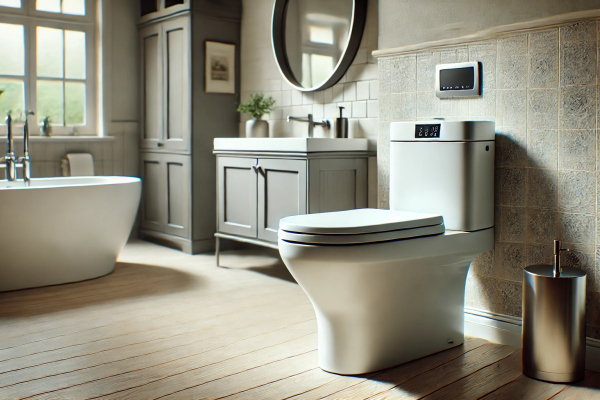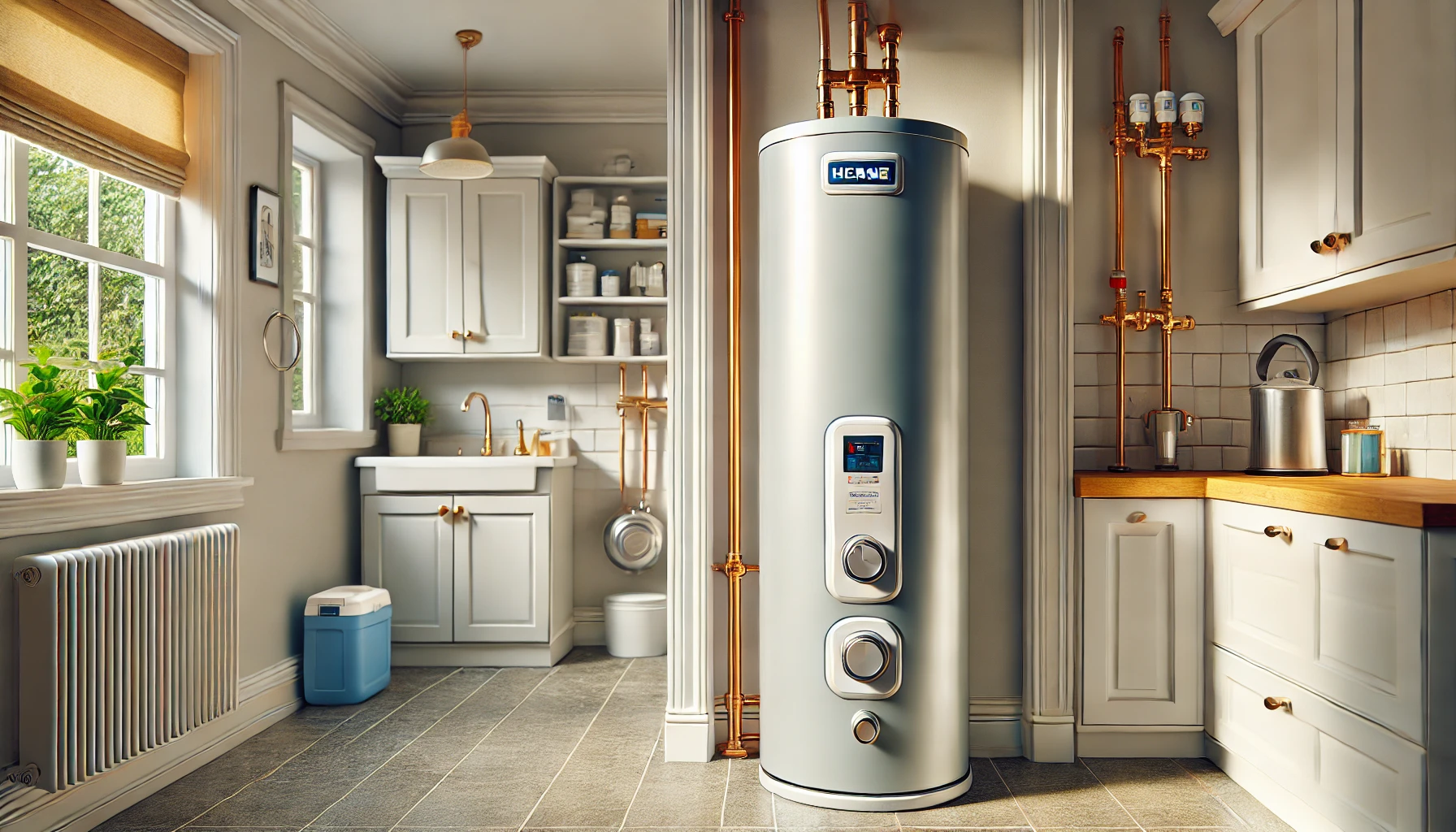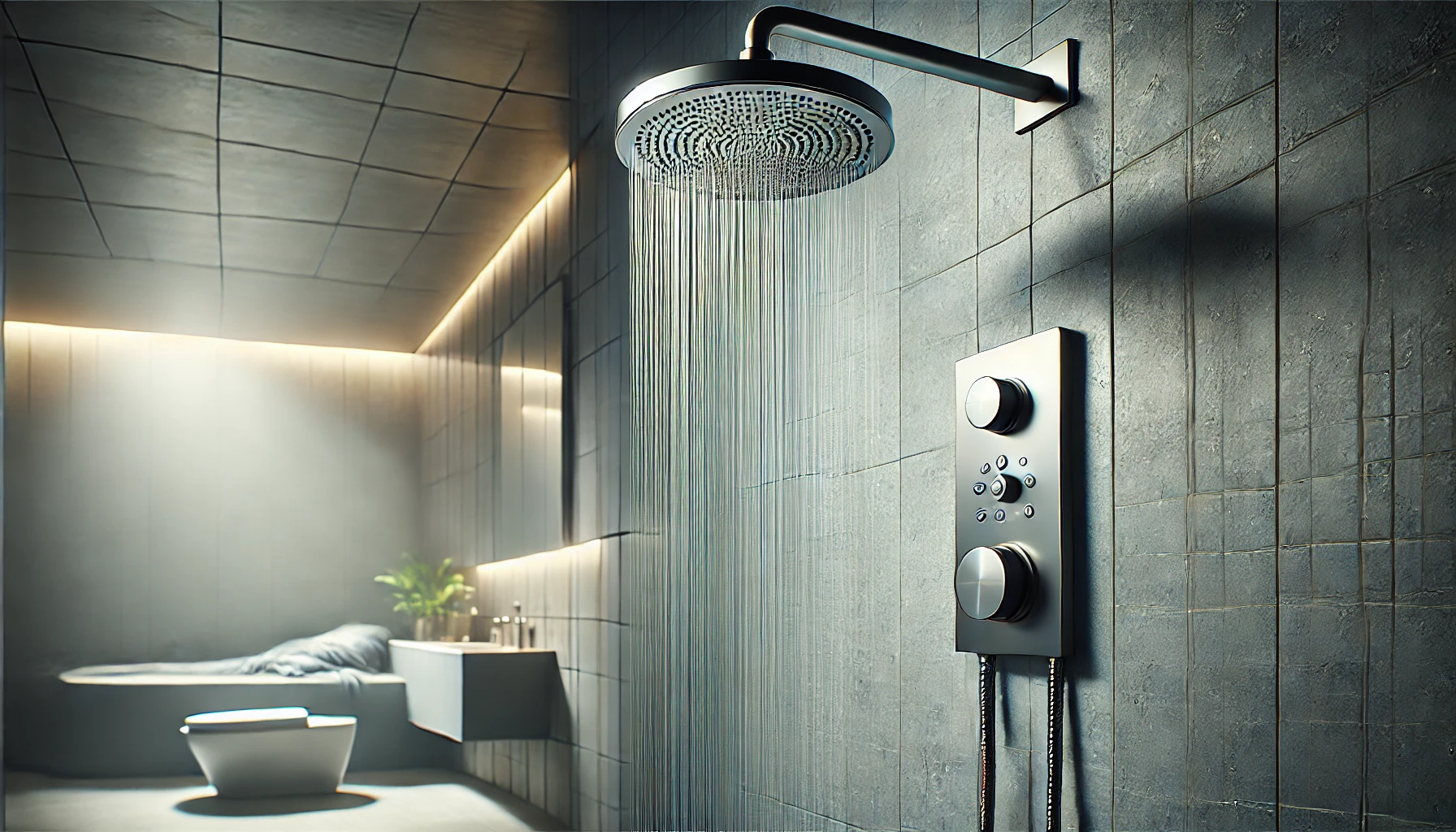
How Installing a Low-Flow Toilet Can Save You Money and Protect the Planet
Imagine the difference a single change in your home could make, not just for your monthly expenses but for the planet. Installing a low-flow toilet is one such change. It’s a small step that leads to a giant leap in water conservation and cost savings. If you're in Texas, where water scarcity is a real concern, this simple upgrade can make a huge difference. In this article, we’ll explore why you should consider installing a low-flow toilet in your home and how it benefits both your wallet and the environment.
What Is a Low-Flow Toilet and Why Does It Matter?
A low-flow toilet, also known as a high-efficiency toilet (HET), is a modern solution to one of our biggest waste problems: water. Traditional toilets use about 3.5 to 7 gallons per flush, while low-flow toilets use only 1.28 gallons per flush. That’s less than half the water wasted by older models. In a state like Texas, where droughts and water restrictions are a growing concern, the shift to more efficient appliances can make a significant impact.
The Power of Water Conservation
With Texas regularly experiencing droughts, water conservation has never been more important. By making small changes, like switching to a low-flow toilet, you’re helping to conserve one of our most precious resources—water. Installing low-flow toilets in homes and businesses throughout Texas could help alleviate the pressures on local water supplies, especially in cities facing strict water usage restrictions.
The Evolution of Toilet Technology
Low-flow toilets are not only environmentally friendly but also technologically advanced. Innovations like pressure-assist technology and dual-flush mechanisms allow these toilets to provide a powerful flush without using excessive water. With these updates, you get the same flushing performance but with half the water consumption.
Saving Money and the Environment
Switching to a low-flow toilet doesn’t just benefit the environment; it benefits your wallet as well. Over time, the water savings directly translate into lower water bills. Let’s break it down:
The Financial Benefits of a Low-Flow Toilet
For most households, the toilet is one of the largest water consumers. By reducing the amount of water used per flush, you can significantly lower your monthly water expenses. According to the EPA, a family of four can save around $90 per year by switching to a high-efficiency toilet. Over the lifetime of your toilet, those savings add up to hundreds of dollars.
In Texas, where water costs can fluctuate and droughts often trigger price increases, switching to a low-flow toilet is a smart financial move. For homeowners seeking to cut utility costs without sacrificing comfort, this upgrade is a win-win.
How Low-Flow Toilets Contribute to Water Conservation
Water conservation isn’t just about saving money; it’s about doing your part to protect our ecosystems. Low-flow toilets are a simple way to reduce the demand on local water systems. In a state like Texas, where droughts and water shortages are frequent, every gallon saved counts.
For instance, did you know that the average American uses around 30 gallons of water per day just for showering and flushing toilets? Imagine cutting that number in half with one simple change. Low-flow toilets help preserve freshwater resources, reduce pressure on sewage treatment plants, and support sustainable water usage for future generations.
Performance and Design: Do Low-Flow Toilets Really Work?
One of the biggest myths surrounding low-flow toilets is that they perform poorly. Many people believe that low-flow means less effective flushing. But in reality, modern low-flow toilets are designed to perform just as well—if not better—than their older counterparts.
Busting the Myths of Low-Flow Performance
Thanks to advanced designs, including pressure-assist and vacuum-assisted technologies, modern low-flow toilets can clear waste in one flush without any issues. With dual-flush systems, you can choose between a full flush for solids and a reduced flush for liquids, giving you even more control over water usage.
Choosing the Right Toilet for Your Home
With various models and technologies available, there’s no one-size-fits-all solution when it comes to low-flow toilets. When shopping for a new toilet, look for the EPA WaterSense label, which guarantees top-notch performance while conserving water. Also, make sure the toilet fits your home’s aesthetic and comfort needs, as this is an investment for the long term.
Incentives and Government Rebates
To make the switch even easier, many local governments—especially in Texas—offer rebates and incentives to homeowners who install water-efficient toilets. These programs can significantly reduce the upfront cost of the toilet, making the transition to a low-flow model even more affordable.
How to Take Advantage of Local Programs and Rebates
Cities like Austin and Houston offer rebates to residents who replace old toilets with WaterSense-certified models. By taking advantage of these programs, you can reduce the initial investment and start saving money on your water bill right away.
Easy Installation and Low Maintenance
Installing a low-flow toilet is a straightforward process. Whether you decide to install it yourself or hire a professional plumber, the installation is quick and easy. For DIY enthusiasts, most toilets come with detailed installation instructions, while plumbers can handle the job in a matter of hours.
DIY or Professional Help?
If you're comfortable with basic plumbing work, installing a low-flow toilet yourself can be a rewarding project. However, if you'd prefer a professional touch, don't hesitate to call in a plumber to ensure everything is installed correctly.
Simple Maintenance Tips
Maintaining your new low-flow toilet is as easy as it gets. Regular cleaning and the occasional replacement of parts like flapper valves and fill valves will keep your toilet running smoothly for years to come.
Your Contribution to a Greener Future
Choosing a low-flow toilet is more than just a practical decision—it’s a commitment to a more sustainable lifestyle. By making this small change, you’re helping to reduce water waste, conserve natural resources, and lower your utility bills. This decision doesn’t just impact your home; it supports a global movement towards environmental responsibility.
In Texas, where water is a precious resource, every effort counts. By upgrading to a low-flow toilet, you’re not only making your home more efficient but also contributing to the state’s efforts to protect its water supply.
Conclusion: Make the Change Today
Upgrading to a low-flow toilet is a smart investment for your home, your wallet, and the planet. It’s a simple change that leads to significant savings, environmental benefits, and a more sustainable lifestyle. Whether you’re looking to reduce your water bills or contribute to Texas' water conservation efforts, installing a low-flow toilet is an easy and impactful step to take.
Don’t wait for the next drought to realize the benefits of water conservation. Upgrade to a low-flow toilet today and start saving water and money!






